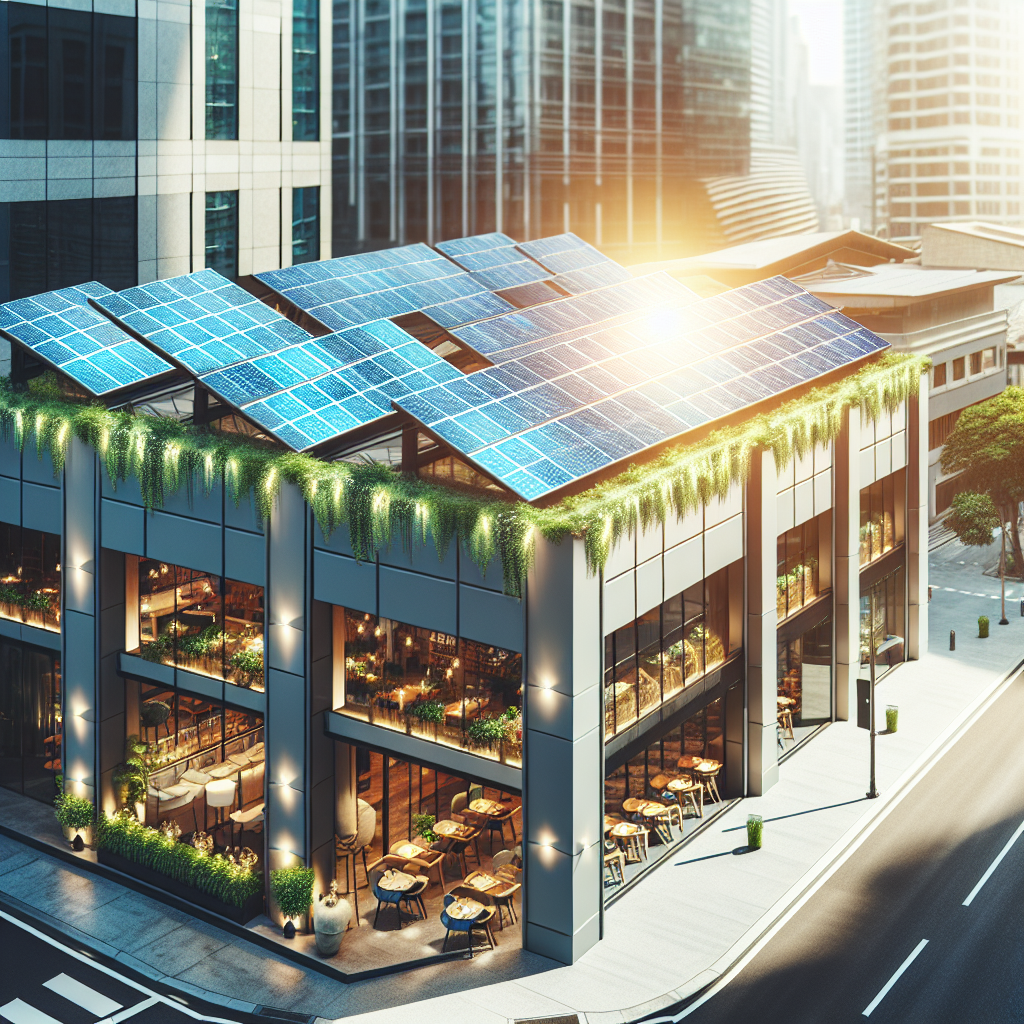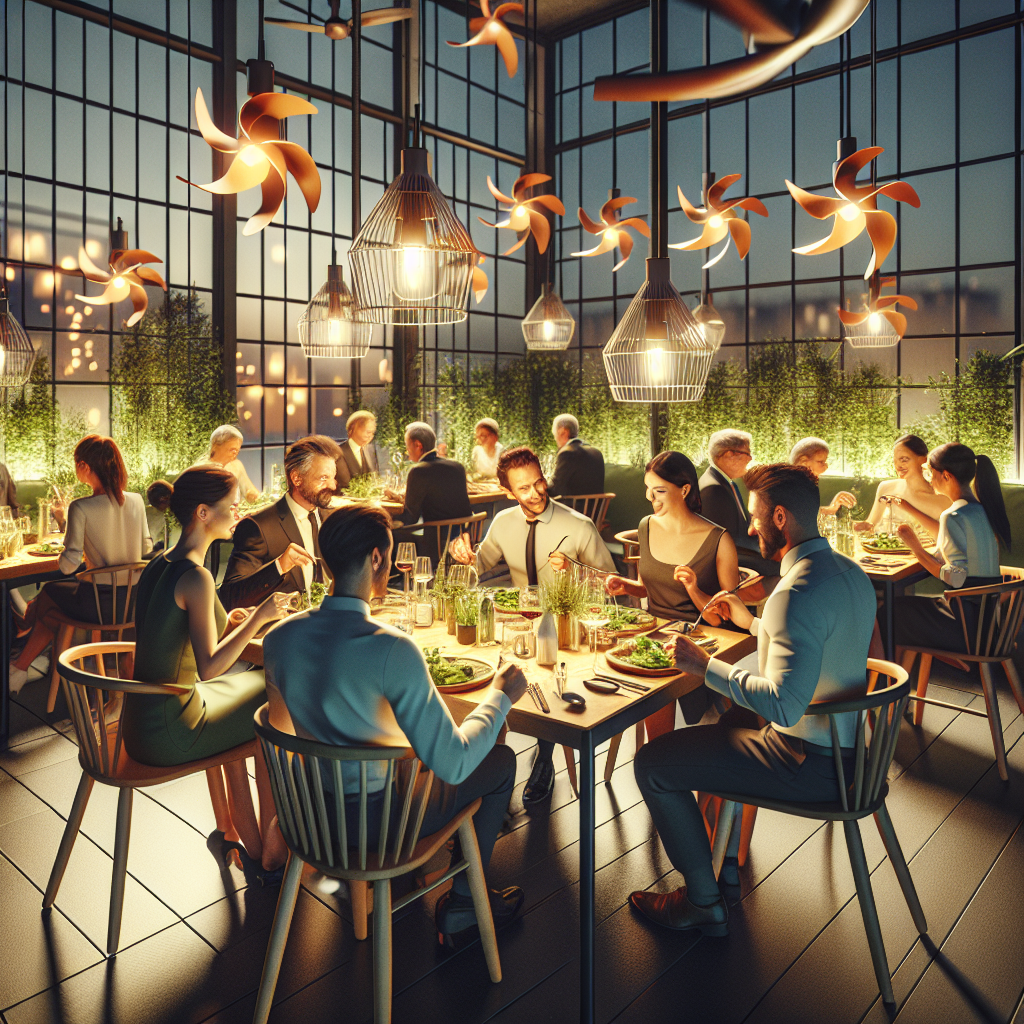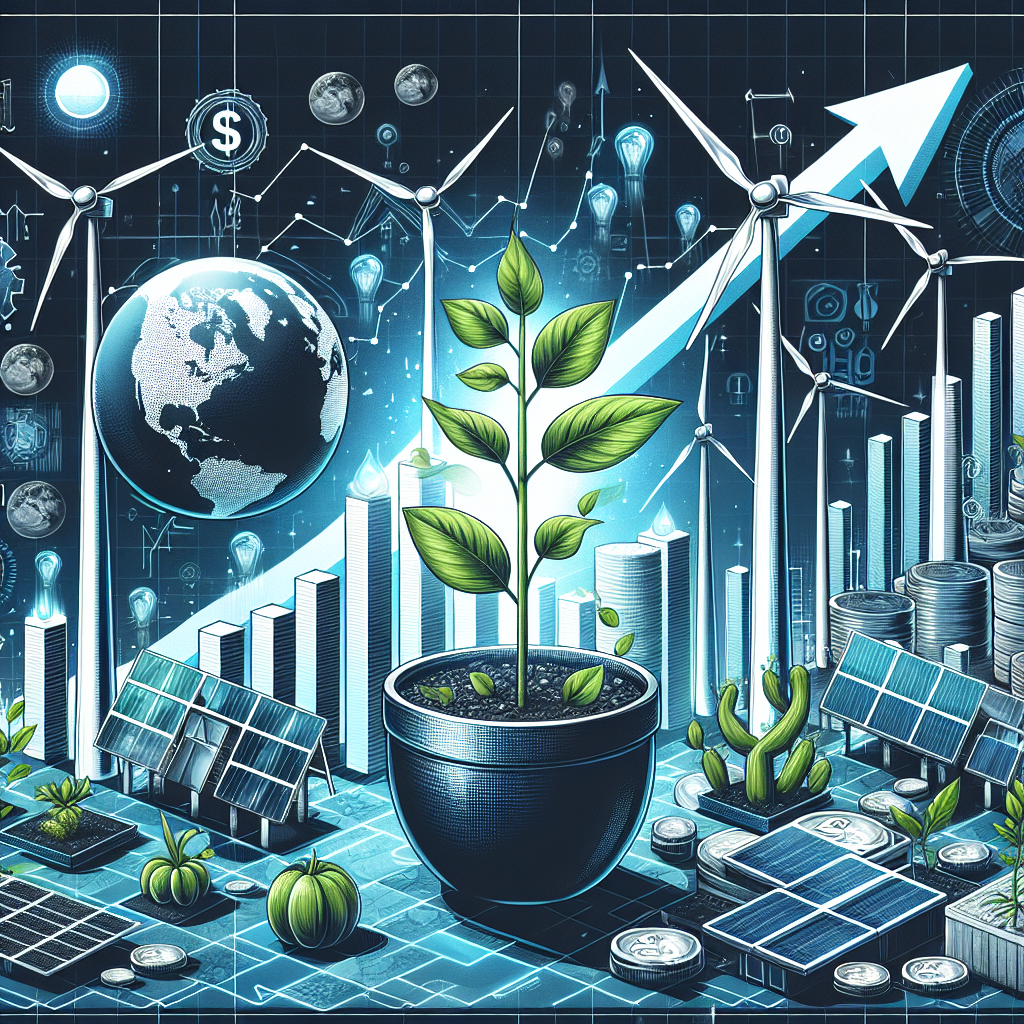As a travel correspondent accustomed to exploring vibrant cultures through their cuisines, it’s fascinating to witness an unexpected guest making its way onto our plates – green energy. The cultural shift happening in the food and dining scene present us with intriguing tastes interlaced with sustainability issues.
Industry Overview:
A noticeable zest for renewable energy has swept across every echelon of society, even permeating the constantly evolving landscape of gastronomy. With massive investments flowing into green energy ventures globally, it’s no longer simply about what we eat; it is about sourcing ingredients sustainably, minimizing waste production, reducing carbon footprint—all while delivering an unforgettable gustatory experience.
Current Trends:
The surge in eco-friendly eateries harnessing solar or wind power is not merely a fleeting trend but rather the manifestation of profound changes precipitated by notable investments in clean energy.

Key Players:
Pioneering restaurateurs such as Alice Waters have taken significant strides towards integrating principles of sustainability in her renowned San Francisco establishment – Chez Panisse. René Redzepi’s Noma restaurant has also remodelled itself around this integration.
Creative Process:
This ‘green-ification’ undertakes inventive processes like utilizing biogas produced from kitchen wastes for cooking or metamorphosing sunlight-catching roofs into productive herb gardens—creating harmony between dining pleasure and environmental concern maintaining authenticity of taste profiles.
Market Dynamics:
Dining options are continually being redefined by this green energy investment surge. As consumers, we play a crucial role in setting sail towards sustainable food production and consumption as our gastronomical choices evolve.

Audience Response:
It’s noteworthy how patrons have begun to appreciate not just high-quality ingredients and ground-breaking culinary techniques but also the ethical stance of their favorite eateries that are rooted in renewable energy use.
Industry Challenges:
The marriage between haute cuisine and clean energy does not come without its challenges – retrofitting existing facilities with green solutions often require additional hefty investments. However, the long-term benefits they offer make the initial costs worth shouldering.
Future Directions:
If there’s one thing for certain, it is that the future promises fresher dishes served from kitchens powered by clean and renewable sources. We may soon anticipate dining establishments where carbon footprints are no larger than the mark left by a dropped spoon.

Cultural Impact:
This trend has already begun to shape cultural narratives around dining experiences turning into enriching conversations about sustainability– from farm-to-table discussions transitioning into power-from-sun dialogues – making every meal an opportunity for education about conservation.
In conclusion, as we continue monitoring this enticing evolution at our dinner table driven by surging green energy investments, let us remember: while enjoying wonderful flavours is part of what makes life fulfilling; saving Earth through greener practices is what will preserve these joyous experiences for generations to follow.

